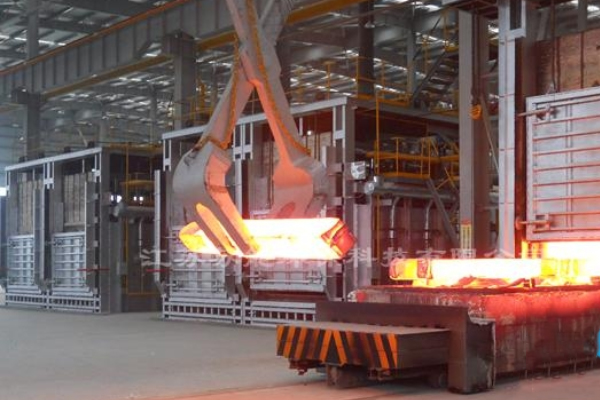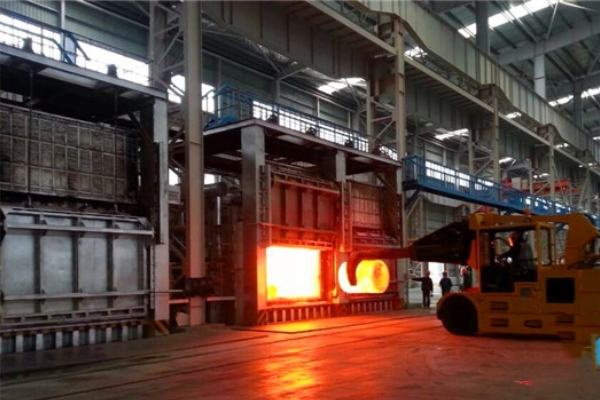How many heating methods do you know about forgings before forging?
Preforging heating is an important link in the whole forging process, which has a direct influence on improving forging productivity, ensuring forging quality and reducing energy consumption. The proper choice of heating temperature can make the billet forming in a better plasticity state. Forging single in the forging process to the metal blank red heating, according to the use of different heat sources, can be divided into electric heating and flame heating two categories.
First, electric heating
Electric heating is used to heat metal billets for forgings by converting electrical energy into heat energy. A device that converts electrical energy into heat to heat metals is called an electric furnace. The advantages of electric heating are that the heating speed is fast, the temperature of the hot furnace is easy to control, the oxidation and decarbonization are less, and it is easy to realize mechanization, automation and good working conditions. The disadvantage is that the size and shape of the blank change adaptability is not strong, the equipment structure is complex, the investment cost is larger than the flame heating, the operation and use of technical requirements are high.
Two, flame heating
Flame heating is also the most common heating method. Flame heating uses the heat energy generated by fuel combustion to heat the metal billet. Fuel oil Coal, coke, diesel oil, gas, natural gas, etc. The advantage of flame heating is that the fuel source is convenient, the furnace is simple to build, the heating cost is low, and it is widely applicable to the metal billet used in forging production. Therefore, this heating is widely used in the production of various large, medium and small forgings. These heating methods have been widely used in forging production. The disadvantage is that the working conditions are poor, the heating speed is slow, the heating quality is difficult to control.

